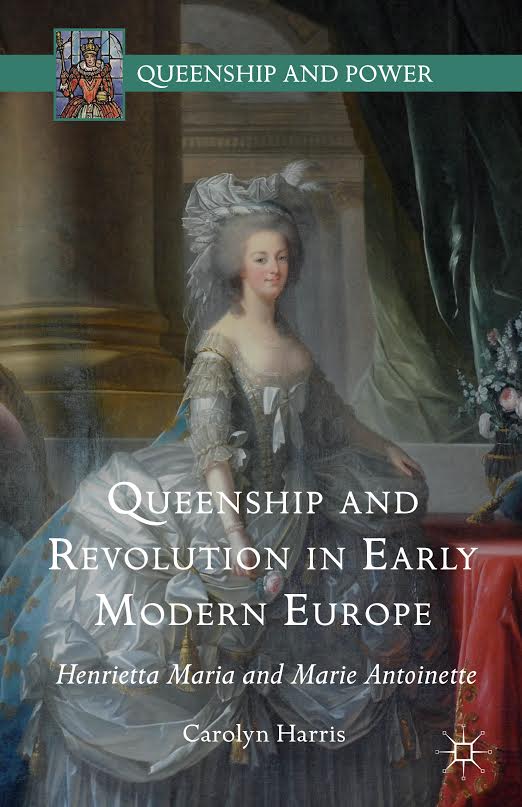 Finding Freedom: Harry and Meghan and the Making of a Modern Royal Family by Omid Scobie and Carolyn Durand
Finding Freedom: Harry and Meghan and the Making of a Modern Royal Family by Omid Scobie and Carolyn Durand
Finding Freedom has attracted controversy because Prince Harry and Meghan, the Duke and Duchess of Sussex, stepped back from their roles as senior members of the royal family in January 2020 and departed from the United Kingdom. Excerpts serialized in British newspapers emphasized how Prince Harry and his elder brother Prince William have grown apart in recent years and how Harry and Meghan did not feel supported by the royal household in their conflicts with the British tabloid press. There was widespread speculation in the press concerning the degree to which Harry and Meghan approved the involvement of their friends in the interviews for the book.
Despite the media scrutiny and controversy surrounding this particular book, Finding Freedom has a great deal in common with other recent royal biographies written by journalists and royal commentators. There is an admiring tone toward’s the book’s subject, a blend of excerpts from published speeches/interviews/media coverage and quotes from sources close to the royal couple, critiques of the stories spread by the tabloid press, speculation about the thoughts of members of the royal family, and a mention of personal encounters with royalty during coverage of royal tours. (Scobie was nicknamed “passports” by Harry after misplacing his passport on a tour). While Harry and Meghan have chosen a unique path for senior members of the royal family, Finding Freedom is a typical popular royal biography in many respects.
Readers who have followed the media coverage of Harry and Meghan’s relationship, marriage, public engagements, and departure from royal life will discover little that is new or particularly surprising in Finding Freedom. The book has a behind-the-scenes tone but it would not have required much insider information to deduce that Harry needs to wear a lot of sunscreen or that he texted his friends and family when Archie was born beginning with the Queen or that Harry and Meghan’s residences were been baby proofed after Archie’s arrival. Events that took place behind closed doors, such as the January 2020 meeting between Queen Elizabeth II, Prince Charles, Prince William and Prince Harry about Harry and Meghan’s future role are summarized quickly.
Although Meghan spent years living in Toronto, there seems to have been limited research concerning Canadian geography, culture and politics. For example, North York is described as “near downtown” Toronto” when it was a separate municipality until 1998, Boxing Day is called a “British holiday” though it is also celebrated in Canada, and Sophie Gregoire Trudeau is described as Canada’s “First Lady,” which is not a title held by the spouse of a Prime Minister in a Constitutional Monarchy where the Queen is Head of State. There is little new information about the months that royal couple spent in Canada in early 2020 and barely a mention of Canadian press coverage of the royal couple. Considering Meghan’s interest in the Commonwealth, demonstrated by the Commonwealth floral motifs on her wedding veil and patronage of the Association of Commonwealth Universities, the small amount of attention devoted to Canada (and other Commonwealth realms) in the book is surprising.
In terms of royal history, Finding Freedom emphasizes Diana, Princess of Wales and her sons as trailblazers who introduced increased informality to royal life. While Diana, William and Harry have certainly had a transformative impact on the monarchy and its public image, not all the changes attributed to them in book were absent before their lifetimes. Scobie and Durand credit Diana with being the first member of the royal family to make the kitchen a family space. However, there was press coverage of the young Princess Elizabeth and Princess Margaret learning to cook in the kitchen of Royal Lodge at Windsor. Harry was certainly not the first royal child to display childish high spirits and informality in front of crowds.
The book is most successful in recreating the celebratory atmosphere of Harry and Meghan’s wedding in 2018, including the various personal touches introduced by the royal couple. There are also thoughtful critiques of the British tabloid press and their coverage of royal personages, which provides context for recent lawsuits initiated by Harry and Meghan. Scobie and Durand note past instances of lawsuits between royalty and the press, including the 1993 lawsuit on behalf of Diana, Princess of Wales when the Sunday Mirror and Daily Mirror published surreptitious photos of the Princess exercising at her gym. The communication difficulties between the different offices at Buckingham Palace, Clarence House and Kensington Palace as well as the role of palace staff in providing information for the press also receives extensive attention. There is mention of cultural differences between the United Kingdom and the United States that affected perceptions of Meghan by palace staff and the press.
Finding Freedom ends with Harry, Meghan and Archie living in California, having stepped back from their roles as senior members of the royal family. In a reigning family with multiple generations of adult heirs and their siblings, differences of opinion concerning the public image of the monarchy, the relationship between the press and the royal family and the comparative prominence of different royal households, were perhaps inevitable. It remains to be seen how Harry and Meghan will develop their public profile in the coming years and what influence their decisions in 2020 will have on the next generation of the royal family.



